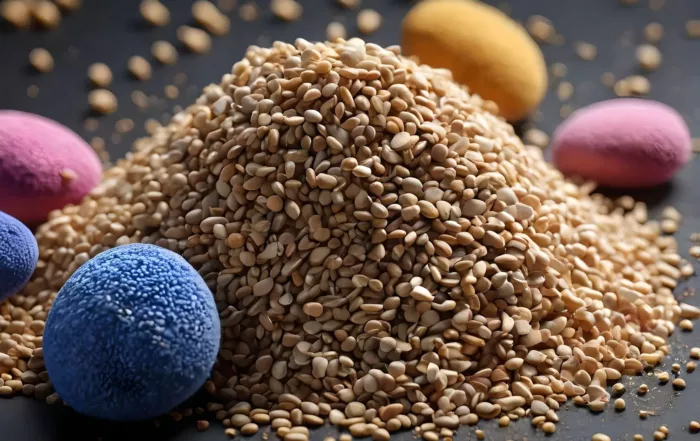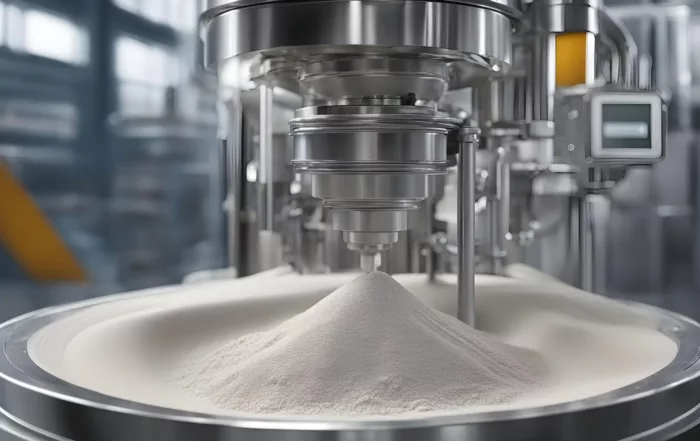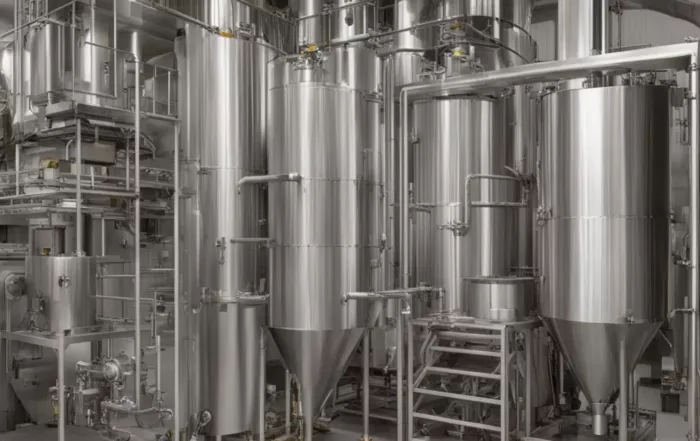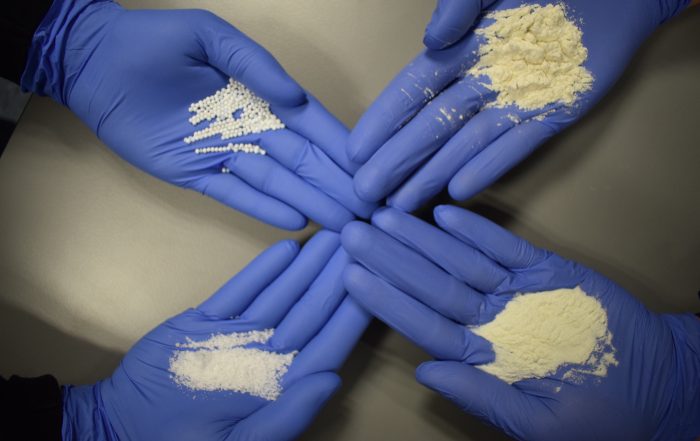What is particle engineering
Particle engineering is the science of altering particles into a desired shape, size distribution or composition as well as other aspects of the particle’s morphology and surface characteristics. Particle engineering technologies are usually used to enhance the performance of the particles that have production or performance challenges. By increasing the particle functionality scientists can overcome production issues and deliver uniform products of a higher quality.
Golden goose?
Particle engineering has a wide range of applications in various fields, including Food, Feed, Cosmetics, Paints, and Pharma to name a few. It has become the golden goose of industry because it offers both mathematical and empirical solutions to enhance product properties and the production process. For example in pharma, particle engineering is used to make great strides to obtain optimal particle characteristics for pulmonary and oral solid-dosage delivery. Homogeneity and size reduction are key which is realized through various possible production techniques such as micronization, which reduces particles down to the micrometer or, in some cases, nanometer (1/1000 of a micrometer), is the most widely used size-reduction technique. Other technologies include spray drying, wet polishing, and supercritical fluid processing which for example is used to deliver drugs directly to the lungs, these recently fine-tuned techniques have made the production process as well as body absorption more effective.
Micronization
Micronization brings possible solutions as well as additional challenges. With smaller particles, the surface area increases thus creating the possibility for the smaller particles to interact with the moisture used in the production process, which leads to increased viscosity, which can create flow resistance, shear stress etc.
The importance of particle size distribution is fundamental in creating product consistency. Consistent size and distribution improve dose uniformity, homogeneity of blends, and stability against segregation, stabilize mixtures, improve rheological (viscosity) characteristics of granules and semisolid formulations, reduce hygroscopicity of moisture absorbing materials, and ‘smooth out’ the granular material of solid particles.
Current technologies include fluid bed agglomeration, coating, encapsulation, blending, milling, and classifying. Through these technologies, enhanced functionality of the particle production process leads to:
- Improved solubility and/ or dissolution
- Flowability improvement (free flowing)
- Homogeneity & stability against segregation
- Improved dose uniformity
- Increasing bulk density
- Stabilization of mixtures
- Reducing hygroscopicity
This article is the first in our R&D series consisting of three articles.
Particle engineering in Pharmaceuticals, Food, and Cosmetics
Particle engineering is an emerging field that is affecting multiple industries, with its most significant impact felt in pharmaceuticals, food, and cosmetics. The roots of particle engineering extend deep into human history, with [...]
Designing Functional Powders
Functional Powder Design Functional Powder design plays a fundamental role in numerous industries, enhancing the effectiveness and efficiency of products we encounter daily. powder customization of powders to specific applications enables [...]
Particle engineering Industry’s golden goose (part 2)
Particle Engineering Techniques - Fluid Bed Agglomeration The granulation of a mixture improves solids properties such as flowability, and compressibility and plays a fundamental role in limiting segregation of the mixture. Fluid bed granulation [...]
Particle engineering industry’s golden goose (Part one)
What is particle engineering Particle engineering is the science of altering particles into a desired shape, size distribution or composition as well as other aspects of the particle's morphology and surface characteristics. Particle engineering [...]




